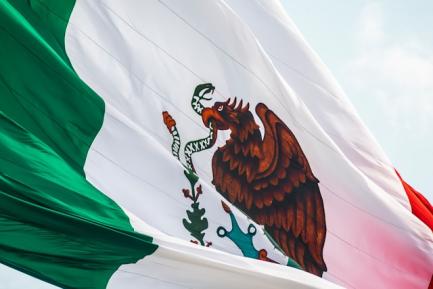Is Turkey still a fragile emerging economy?
In May 2013, when the first indications of how US monetary normalisation would take place were announced, risk asset prices were hit very hard in a number of emerging countries. This group was called the «fragile five» and one of them was Turkey. Since then, every time aversion to emerging risk has grown, the composition of the group of problematic emerging economies has varied but Turkey, together with South Africa and Brazil, has always remained a member. Is this a true reflection of Turkey's balance of risks or a mostly unsubstantiated negative bias?
Turkey has grown considerably over the last five years, more than 5% as an annual average. Although the economy slumped towards 3% in 2014, by 2015 Q2 its GDP had grown by 3.8% year-on-year, setting Turkey apart from other emerging economies such as Brazil and Russia which have now entered a recession. Nevertheless, although this GDP growth figure is high it is not very solid, as well as being the result of a relatively unsustainable pattern of growth. First of all because the acceleration seen in the first half of 2015 is to no small degree due to the full effect of lower oil prices (the country imports huge amounts of oil, representing 6% of its GDP). But especially because this strong growth has been accompanied by notorious imbalances in its current deficit (–5.9% of GDP in Q2) and inflation (7.6% year-on-year in October). Faced with this situation, the country's economic policy has not been very decisive. Although fiscal discipline has remained relatively firm, monetary policy has not been very appropriate and, while the upswing in prices has taken inflation away from the 5% target set by Turkey's Central Bank, the official interest rate has gone from 10% in mid-2014 to today's figure of 7.5% (implying a negative real interest rate).
We can therefore understand the doubts of investors as the pattern of growth and the response provided by economic policy have aggravated Turkey's vulnerabilities. Firstly, on the domestic front, analysts are concerned about how abundant liquidity injected by the country is being used and, more specifically, the sharp rise in private loans and rising house prices: in the period 2010-2014 the average annual growth was 20% and 13%, respectively. However, attention is mostly focused on the country's external vulnerabilities. The persistent current account deficit (more than –7% of GDP on average in the period 2010-2014) has led to a notable increase in external debt, going from 44% of GDP in 2009 to 58% currently. Moreover the share of short-term external debt has increased and now accounts for one third of the total. Unlike other emerging countries, Turkey's level of international reserves does not significantly offset this weakness as it hardly covers one third of the country's external debt. The financial situation of companies regarding their external risks is also a cause for concern: between 2009 and 2015 corporate debt held in foreign currencies has risen from 50 billion dollars to 180 billion (equivalent to 22% of GDP).
The panorama becomes even bleaker when geopolitical uncertainty is added to these macroeconomic and financial weaknesses. As a result of growing regional conflict, Turkey has been forced to increase its level of involvement in the Syrian war. These conflicts have also had internal repercussions, including the need to tackle a greater terrorist threat than in the past and handle a large number of refugees (more than two million since 2011). Fortunately, the uncertainty regarding the country's internal governability has dissipated after November's general election, resulting in a clear majority for the government. In short, although Turkey's potential fragility does not mean the aforementioned risks will necessarily materialize, the economic and political uncertainty explain why the country has remained among the emerging economies of concern for both investors and analysts.



